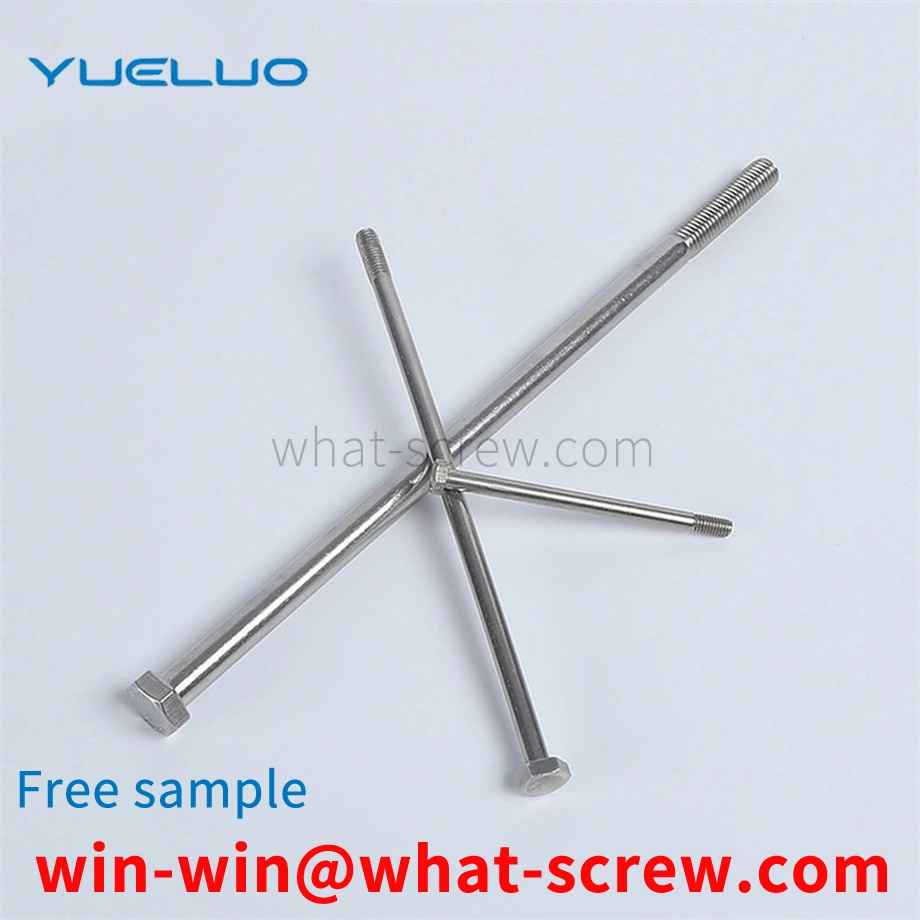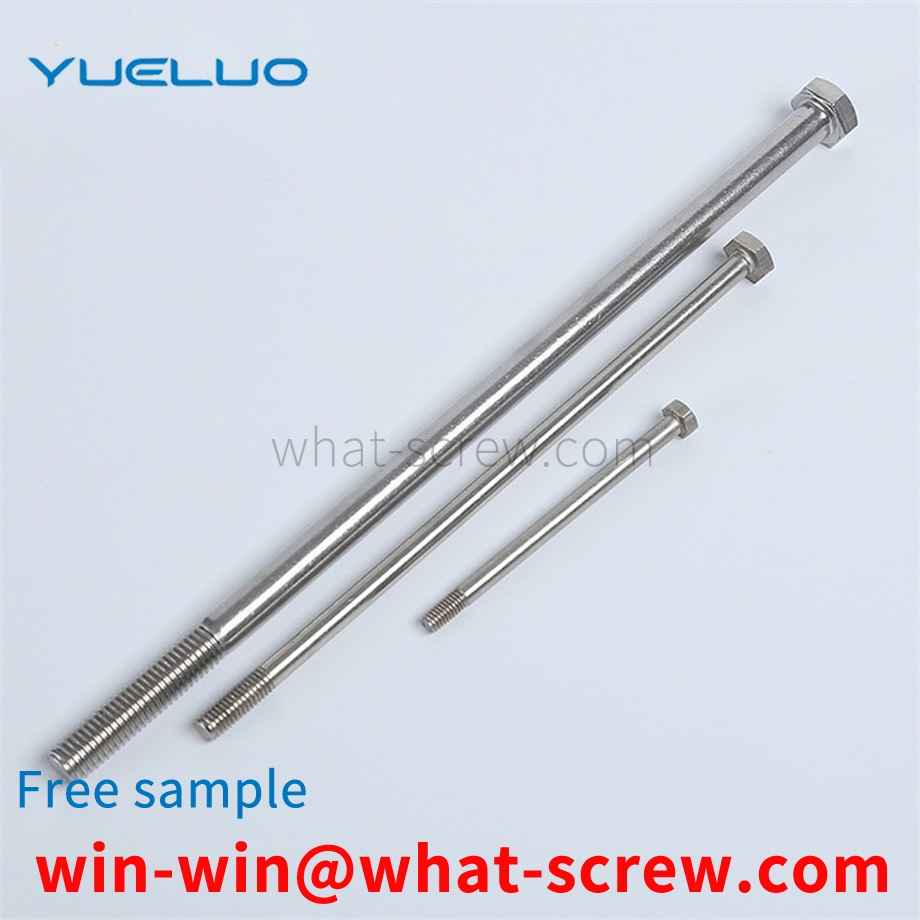Subway tunnels can be divided into rectangular, arched, circular, and elliptical end face forms according to the section shape of the section tunnel. The rectangular end face can be divided into single-span, double-span and multi-span types. There are two types of circles. The subway tunnel needs to install electromechanical equipment through bolts, insert T-shaped bolts into the preset holes on the shield plate of the subway tunnel, and then cast and fix it. The bolts are smooth and the contact surface is small. The bolts installed in the shield plate are easy to fall off, causing the installed equipment to fall and damage or causing losses to pedestrians or vehicles passing in the tunnel. Therefore, it is necessary to further improve the current bolts.
drilling and tapping screw, more specifically, refers to a drilling and tapping screw that can be closely connected to an object without clearance. Screws usually use a screw design to achieve the purpose of tightening, or adjusting distance, or moving or transmitting power. Among them, it is the most common for tightening, and the screws generally used for tightening also usually have The combined function of self-drilling, tapping and locking can achieve the purpose of its tight fit. Known drilling and tapping screws are such as
Nylon self-locking nut Nylon self-locking nut is a new type of high anti-vibration and anti-loose fastening parts, which can be used in various mechanical and electrical products with a temperature of -50 to 100 °C. Aerospace, aviation, tanks, mining machinery, automobile transportation machinery, agricultural machinery, textile machinery, electrical products and various types of machinery have a sharp increase in the demand for nylon self-locking nuts, because its anti-vibration and anti-loosening performance is much higher than other Various anti-loose devices, and the vibration life is several times or even dozens of times higher. At present, more than 80% of the accidents of mechanical equipment are caused by loose fasteners, especially in mining machinery, and the use of nylon self-locking nuts can prevent major accidents caused by loose fasteners.
In real life, rivet nuts are used. With different specifications and different uses, many people are familiar with this tool but don't know how to use it properly. In fact, rivet nut tools have manual and transmission, and now are rarely used for manual. If you choose to use electric rivet nuts in order to improve production efficiency, which of the two is more widely used? The following describes the use of electric rivet nuts and manual nuts. How to use the manual rivet nut tool: Insert the rivet nut into the drilled installation hole with a rivet mother tool to fix the rivet nut. (1) Screw the rivet nut onto the rivet nut tool 2) Use the rivet nut tool to insert the rivet nut into the drilled mounting hole. (3) Tighten the nut, and press the handles on both sides of the rivet nut tool to the direction of the middle round rod. You can only press it hard. Therefore, this pressure must be in place. It is forbidden to repeatedly squeeze the handles on both sides to damage the nut. Fastening thread in the form of inside. (4) The rivet nut tool is separated from the rivet nut: just loosen the ball head in the picture, and the tool will be separated from the nut after completely loosening.
The following standards contain provisions which, through reference in this standard, constitute provisions of this standard, and at the time of publication of this standard, the editions indicated were valid. All standards are subject to revision and parties using this standard should explore the possibility of using the latest edition of the following standards. GB/T90-1985 Fasteners Acceptance Inspection, Marking and Packaging -1985 Cross recessed screws GB/T1237-2000 Fastener marking method GB/T3098.1-2000 Mechanical properties of fasteners Bolts, screws and studs GB/T3098.6-2000 Mechanical properties of fasteners, stainless steel bolts, Screws and studs GB/T3098.10-1993 Mechanical properties of fasteners Bolts, screws, studs and nuts made of non-ferrous metals GB/T3103.1-1982 Fastener tolerances Bolts, screws and nuts GB/T3106-1982 Bolts , The nominal length of screws and studs and the thread length of ordinary bolts -2000 Fastener surface defect bolts, screws and studs, general requirements GB/T16938-1997 Fastener bolts, screws. Studs and nuts general technical conditions
We have many years of experience in the production and sales of screws, nuts, flat washers, etc. The main products are: anti-loose self-contained washer nuts, thorn female spiked nuts, splint furniture screws, ASMEB18.2.3 carbon steel galvanized bolts and other products, we can Provide you with the right fastener solution for you.



















 Service Hotline
Service Hotline




